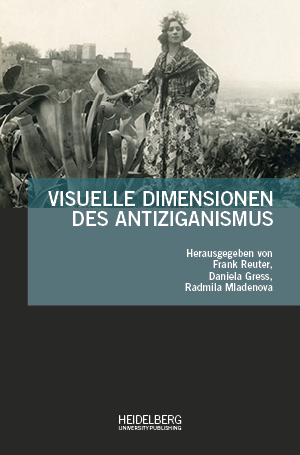How to Cite
License (Chapter)

This work is licensed under a Creative Commons Attribution-ShareAlike 4.0 International License.
Identifiers (Book)
Published
Das „andere Wissen“ und die Macht der „Zigeunerin“ im Spielfilm. Arkanum und Ambivalenz einer Projektionsfigur
Abstract Films do neither mirror reality nor are they necessarily distorting it. Rather, they frame the way people perceive and evaluate what they experience. In this respect, each image requires careful interpretation. Often what is visible at first sight takes on a different meaning in the course of events. Especially, when stereotypes appear the viewer must consider their function and ask whether they are asserted or contested, ironized and deconstructed or emphasized and naturalized. Starting from a close reading of Heinrich v. Kleist’s famous novel Michael Kohlhaas (1810) this article analysis five films in which ‘Gypsies’ appear: The Vagabond (1916), Carmen aka Gypsy Blood (1918), Golden Earring (1947), The Virgin and the Gypsy (1970), and Papusza (2013). Despite their overt differences these examples reveal the capacity of film both to serve and challenge prevailing notions. Instead of demeaning the ‘other’ they tend to portray “otherness” with empathy.




